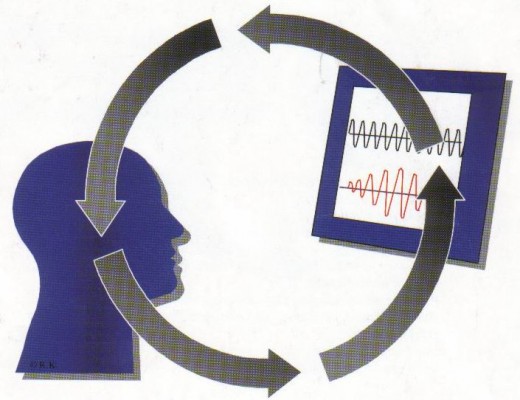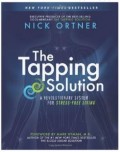Biofeedback: How Does It Work For Stress and Anxiety Relief?

Biofeedback is a health treatment which makes use of electronic monitoring to assist the patient in gaining a deep understanding of what is taking place within his or her own body. This knowledge is then used to teach the patient how to control the processes of the body in order to minimize existing symptoms for a variety of different medical conditions. Issues which are regularly treated by biofeedback include headaches, TMJ, and problems with high blood pressure but more than just physical symptoms can be relieved by biofeedback.
In fact, biofeedback may be even more useful for emotional issues, such as stress and anxiety, than it is for physical issues. This is because stress and anxiety are both things which are highly affected by the environment. Merely taking the time to focus on what is happening with your body in times of stress can help to relieve the symptoms associated with it. And learning through biofeedback about the actual physical effect that stress and anxiety are having on the body can help you to become more aware of the effect of different circumstances on your health.
See, that's the think about biofeedback. Whether or not you "believe in it" or accept that it's a useful medical technique isn't the point. Knowing the details of how biofeedback works in terms of electronic monitoring and affects on brain waves and whatnot isn't really the point. The point is actually in the breakdown of the word itself: biofeedback essentially just means feedback by the body. In other words, you take the time to give your body information and then pay attention as it responds.
This process helps you to become more in touch with what is going on in your body. Many long-term health problems, such as ongoing issues with anxiety or physical manifestations of stress, can be reduced or even eliminated by understanding the cause of the problem. Biofeedback goes one step further by assisting the patient in learning not only the cause of the problem but also the actual effect that the cause is having on the body. The patient can then opt to respond by addressing both the symptom and the underlying cause of the system. This two-pronged approach to healing helps to resolve health issues which have sometimes plagued the patient for years.
Figuring out the effect of stress on the body can be done with different types (or facets really) of biofeedback. They each check different parts of the body to let the body give you information. Heart rate, muscle tension, resistance and temperature of skin, and brainwave feedback are all different parts of biofeedback analysis. When you think about it, these all make sense. When you get stressed or anxious, your heart rate increases, your muscles get tense and your skin and brain are both affected.
In times of duress, you might not even notice these things because you're dealing with the immediate problem. But when the problem subsides a little, you notice that your head hurts because your neck muscles are tight or your skin is hot and your heart is racing. Biofeedback lets you take stock of these physical symptoms to provide you with information so that you can nip your problems in the bud.









